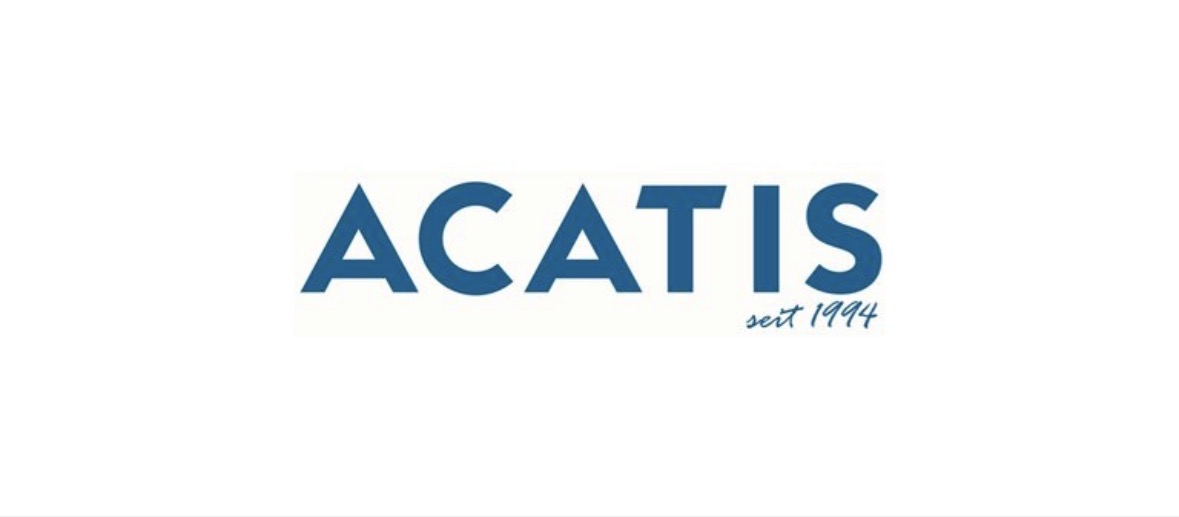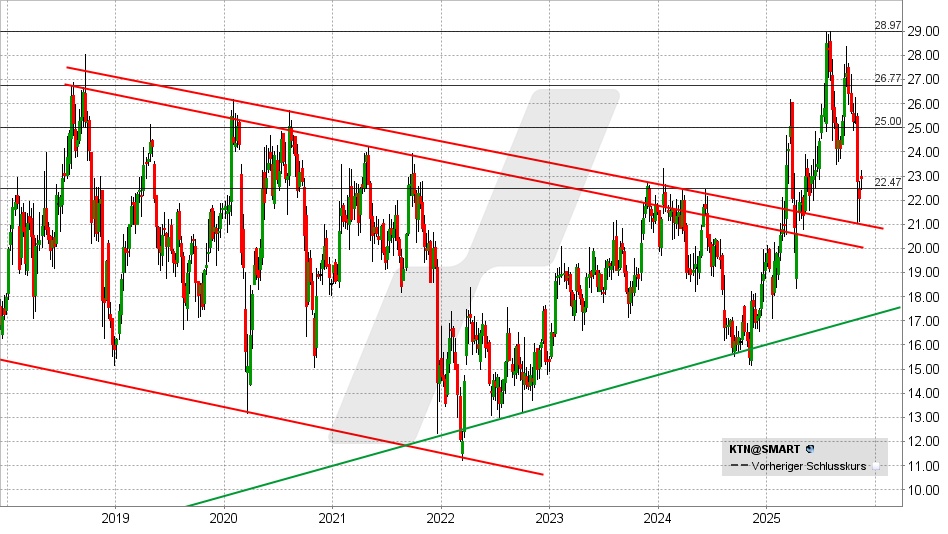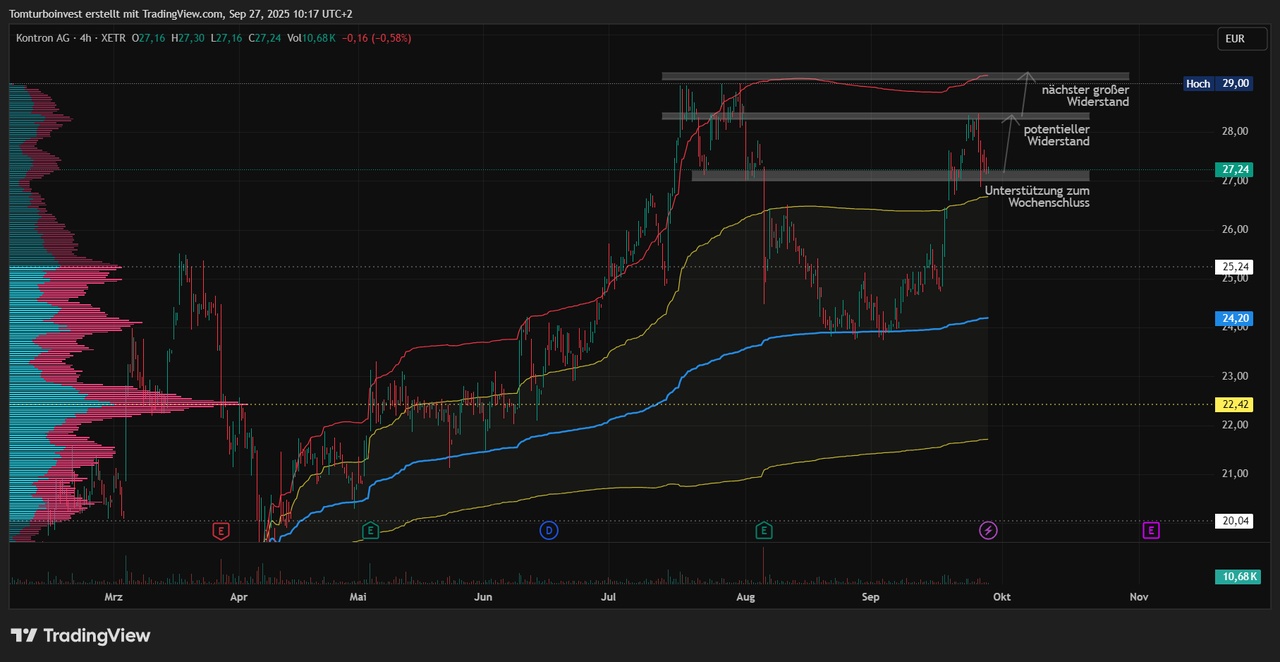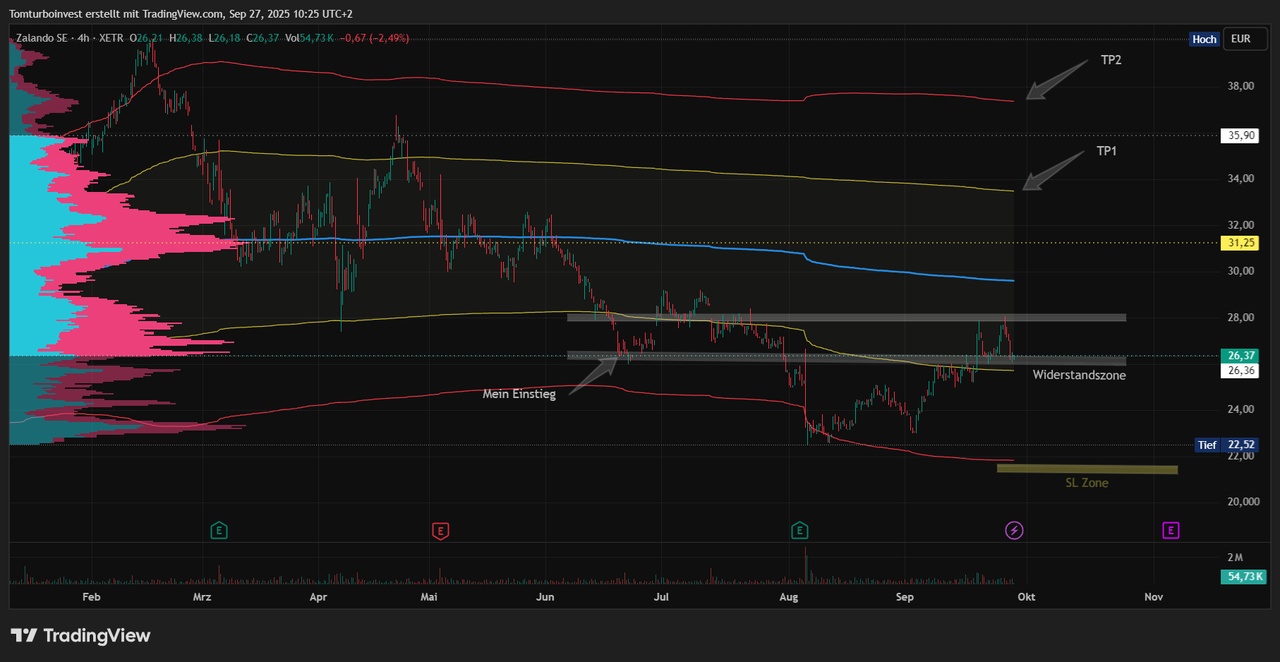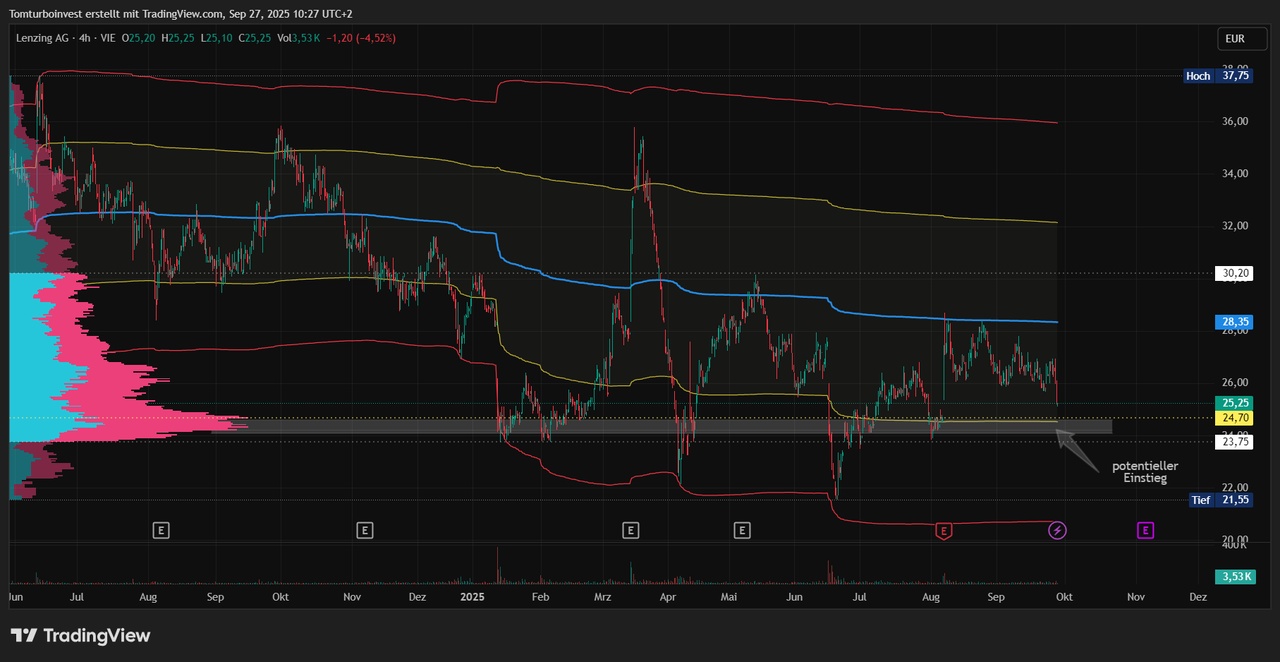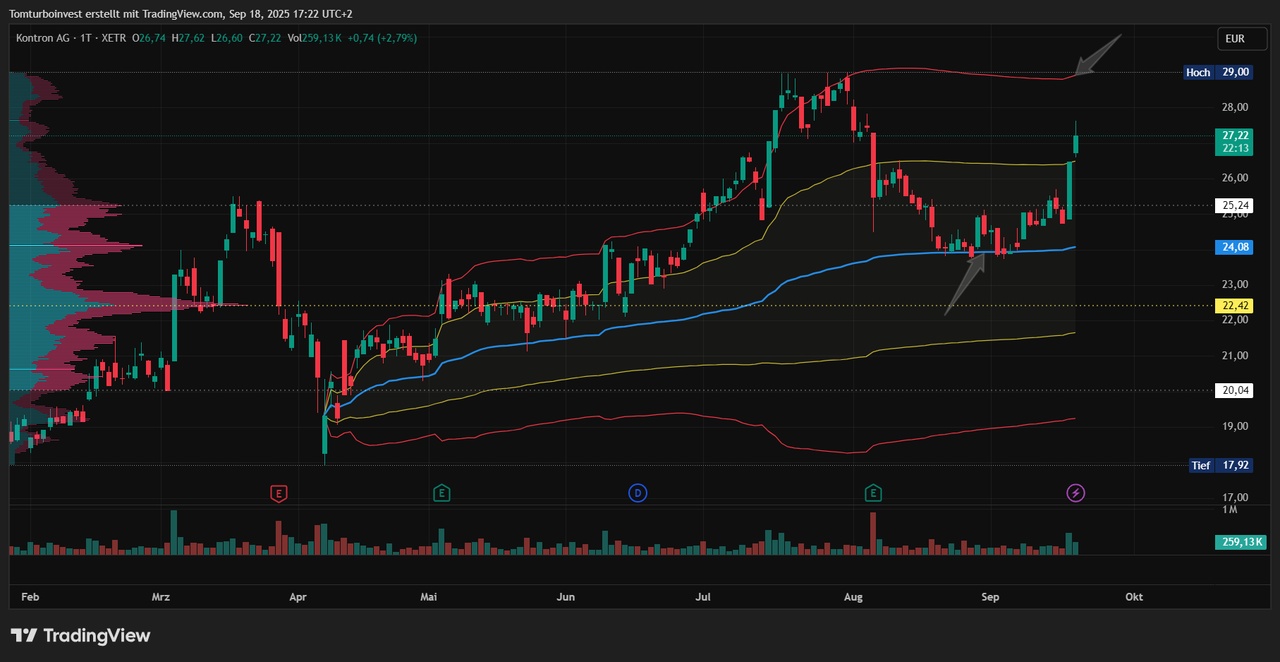Asset manager and fund manager Hendrik Leber is the founder of the asset management company Acatis Investment. With around ten billion euros in client assets, the company is one of the largest in its field.
In an interview with Handelsblatt, he spoke about the danger of a speculative bubble and the problem of inexperienced investors.
Here are some excerpts from the interview.
"The arrogance of inexperienced investors has increased significantly. For me, this is a good indicator that we are currently experiencing the peak of the boom," he says. Accordingly, Leber is preparing for the next phase.
He has acquired shares in technology companies such as Nvidia $NVDA (-0,62%) and Palantir $PLTR (+1,61%) reduced. Instead, he is focusing more on "boring companies", says Leber. "There are a whole series of companies whose price/earnings ratio has halved, from around 30 to 15, even though the business is still going strong. They are just no longer popular on the stock market," he clarifies. This could soon change, and he wants to profit from this.
He still believes in Bitcoin $BTC (-3,11%) he continues to believe. Leber has been invested in the largest and oldest digital currency since 2016 and expects further price increases. "I don't have a specific price target for the coming year," says Leber, "but 300,000 dollars is realistic in the medium term."
Which "boring" companies does he like?
"Zoetis veterinary medicine $ZTS (-1,64%) is one such case. Fiserv $FI (+0,34%)a payment service provider, too. My favorite from Japan, Sysmex $6869 (-1,22%)is one of them. They make blood analysis devices. Of course, US President Trump's tariffs have also had an impact. And in Europe, we like the boring SMEs. I'm thinking of Kontron $KTN (-0,44%) in Austria. And the bottling plant manufacturer Krones $KRN (+0,3%). It has a P/E ratio of less than 15 - and the company is the global market leader in its field. I think that's great, but the stock market isn't looking."
He continues: "We have been invested in Nvidia for nine years and in Palantir for three years. But the people who are getting in now because they think the stock market only goes up - they remind me of the investors in 2000 ..." ... when the dotcom bubble burst.
"I called it the 'housewife rally' back then. Because a housewife had explained to me at the time that she was making much more money on the stock market than her husband, who was an expensive consultant. I received a lot of criticism for this term at the time. But the principle back then is similar to today: many investors have never experienced the real impact of a prolonged crash. Until now, investors have always been able to rely on the central banks to quickly stabilize prices after a slump. If that doesn't happen, it will be salutary for many people. It clears the market of the bad players."
Where does the investor still see signs of a speculative bubble today?
"These cross-investments - such as when Nvidia invests in OpenAI and OpenAI in turn buys Nvidia's chips - are a warning signal for me. Highly specialized cloud providers - called neo clouds - such as Coreweave $CRWV (+1,9%) are among them. They are often highly indebted and invest heavily in hardware that could be obsolete in just a few years."
Source text (excerpt): Handelsblatt, 17.11.2025 / Graphic: Acatis Investment



